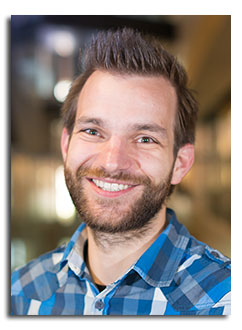
Abstract
Currently the greatest potential to improve the conversion efficiency of crystalline silicon solar cells is the reduction of recombination losses. While carrier recombination in the silicon wafer itself and at passivated surfaces can be easily reduced with state of the art technologies, recombination at the metal contacts has become the largest loss mechanism in typical industrially fabricated solar cells. One approach to reduce this type of recombination is the introduction of “carrier selective contacts”, which are transparent for one charge carrier type, while blocking the other type and thus reduce recombination at the contact, while still enabling efficient carrier transport through the contact.
In this talk experimental results regarding the characterisation and optimization of polysilicon contacts, as well as some new insights into the charge carrier transport mechanism of these contacts are shown.
Click here to see all available video seminars.
Click here to go to the SPREE HOMEPAGE.
Brief Bio
Udo just joined UNSW and is happy to work on the interesting topic of metallisation of back contacted solar cells in the group of Alison Lennon. Before, he worked at ISFH on ion implanted back contacted solar cells and on polysilicon contacts.
